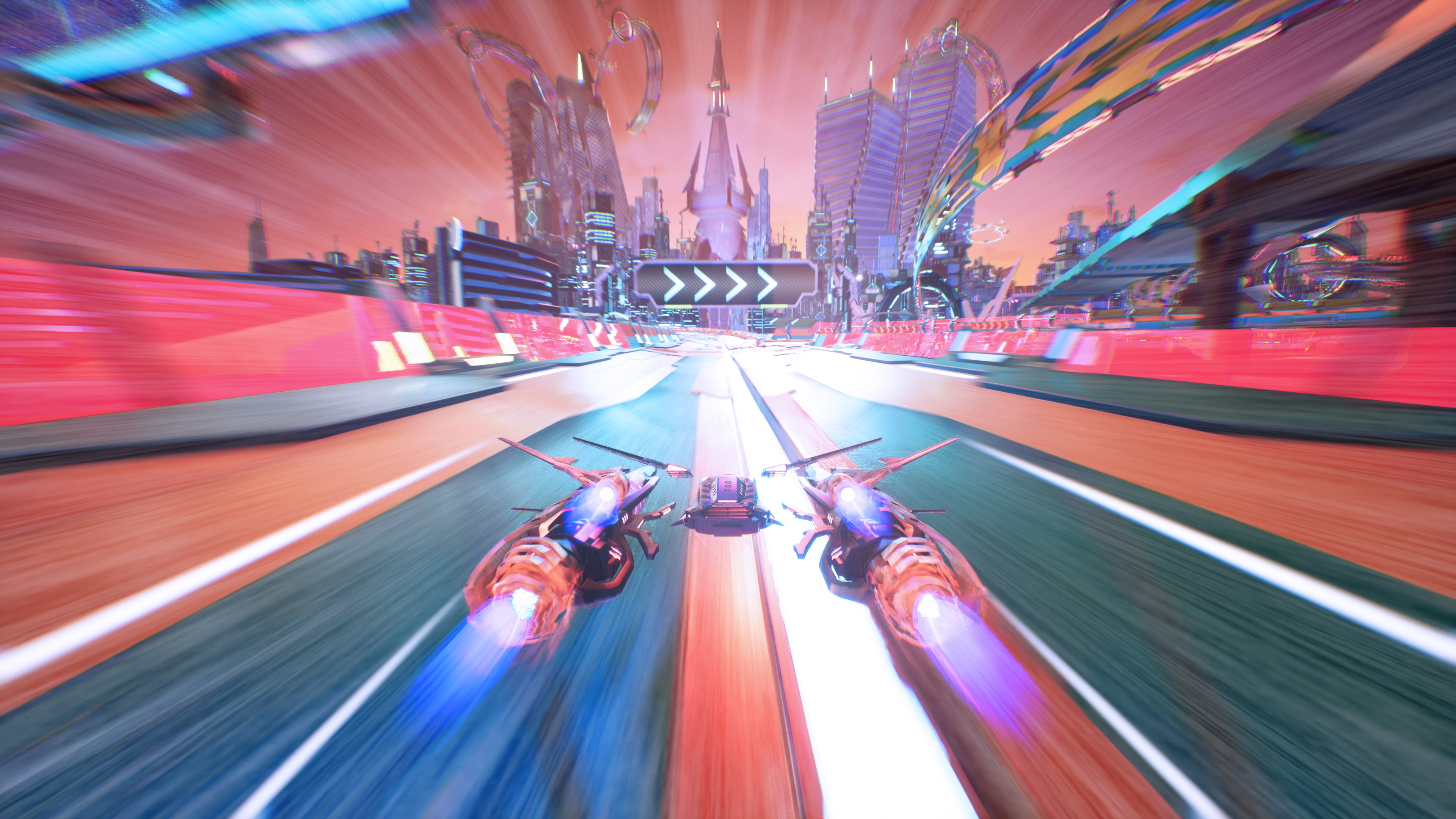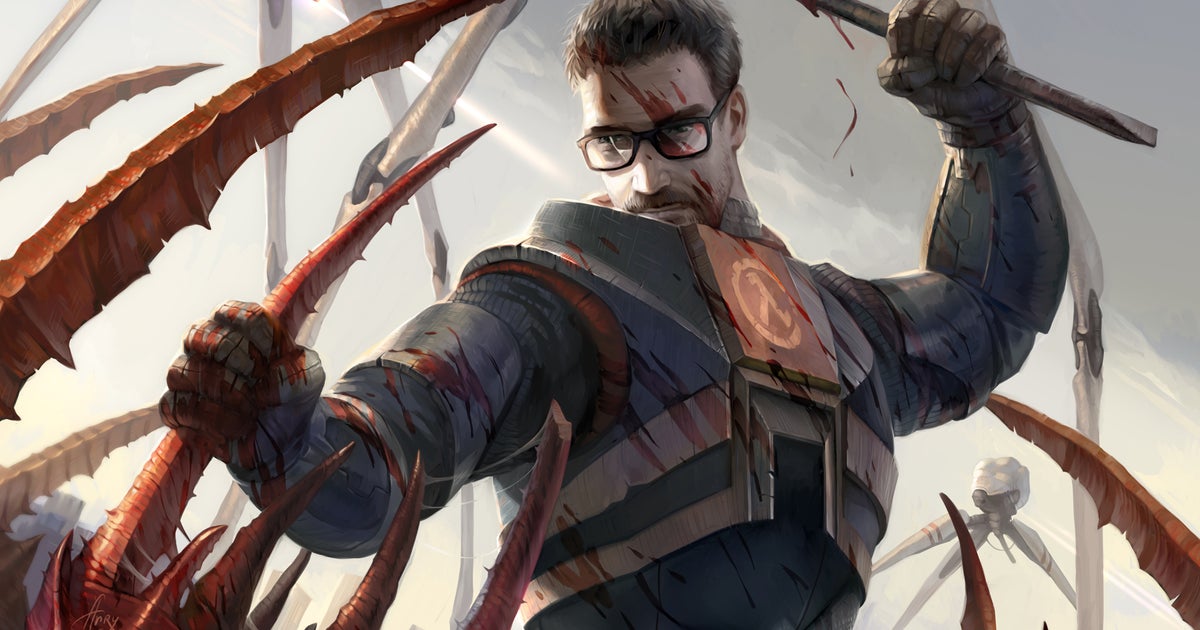Redout is the phenomenon experienced fighter pilots experience when subjected to negative G-forces and their blood rushing from head to toe very rapidly. But beyond that, Redout is the title of an anti-gravity racing game that almost single-handedly keeps alive the genre that made F-Zero and WipeOut so popular in the early and mid-’90s.
WipeOut was the game that made me buy my first PlayStation as I tried it out at a friend’s house and was instantly hooked. The great design, the wild soundtrack and last but not least the speed of the gameplay pulled me in immediately, which is why the anti-gravity racing genre has always had a special place in my heart. Unfortunately, it’s not a very common genre these days, but Redout came out from Italian studio 34BigThings in 2016, and after a less than successful stint with 2019’s Redout: Space Assault, the series is now back with Redout 2. which has just been released for Xbox, PlayStation and PC.
However, don’t make the mistake of thinking that Redout 2 is just another modern take on WipeOut, because it’s not. If there was such a thing as anti-gravity racing in our reality, Redout 2 would be the equivalent of Forza Motorsport or Assetto Corsa in that it’s more of a simulator than an arcade race like WipeOut.
Advertising:
Redout 2 has a fairly classic structure and the game itself doesn’t follow a story. It is based on the year 2059 where you are part of the Solar Redout Racing League (SRRL) which is the future fix for today’s Formula 1. This means that in the game’s surprisingly expansive career mode area, you’ll take part in a variety of races across the world (including space) on amazingly designed racetracks that meander through the landscape, with layouts that reach for both air and depth the earth.
As you complete races, you unlock new upgrades and parts for your speeder and have access to a large number of new ship models at any time. Updates help make your vehicle faster, easier to drive, stronger, or more effective, so it’s a good idea to become familiar with these updates as they become available.
In addition to the career mode, there is an arcade section where, in addition to the well-known modes Time Attack and Last Man Standing, you can try the Arena mode, in which the first ship to cross the finish line (or the last one). standing) win. In speed mode you have to score as many points as possible by staying above a certain speed. There’s also a multiplayer section where you can compete against other players in ranked races, although ranked isn’t up and running at the moment. Main menu sections such as Season Challenges or Community are also unavailable as they are marked “Coming Soon”. It’s disappointing that even after launch, some parts of the game haven’t been released yet.
It has a fairly classic structure, but the game itself isn’t that classic. The controls are good. There are two types of throttles to keep you going on the track, and you’ll need to use both analog sticks on the controller to carefully steer your ship through the levels. So when cornering, use the left stick to turn your ship into the turn and the right stick to drift. You’ll also need to use the right stick to lower your ship’s nose when the track is going downhill (otherwise your ship will fly away when you’re going over a hill at 1,500 km/h) and you’ll need to raise your nose, for example when entering a “loop” to avoid hitting the track and losing speed.
Advertising:
In fact, speed is the most important thing here. There are no weapons (like in WipeOut) to throw at other opponents, so it’s all about getting as fast as you can and going very, very, very fast – even going up to 2,000 km/h is real good for that sense of speed. But just stepping on the gas isn’t enough because, as you might have guessed, the difficulty in the final rounds is inhuman and that might put some players off. Every minor mistake will punish you and even the smallest one can cause you to lose the race. Luckily, there are six difficulty levels and plenty of help features to use, which makes things a bit easier (at least at first).
As I mentioned earlier, the feel of speed is excellent and you can’t fully appreciate the graphical modeling of the tracks. But these tracks, as I said before, are very well designed, with colorful landscapes as well as the different ships (although nothing compared to WipeOut’s level). Unfortunately I had some problems with the sound, more precisely with the soundtrack. Redout 2 features a good electronic soundtrack that works well for this type of game, but it’s oddly mixed and comes and goes at times as if it’s out of sync. It’s a shame because it ruins the atmosphere of the game a bit and I hope it gets fixed in an update soon.
Redout 2 is a good anti-gravity racing game with well-designed tracks, slightly different gameplay than what we’re used to in this genre, a surprisingly long racing section, super high speeds and good graphics. But it still doesn’t stand out and feels a bit generic, it lacks tension and its difficulty will be a problem for some, not to mention the problem with the soundtrack.
The Redout series already has a huge loyal following that will love Redout 2, and while 34BigThings have made it more accessible by adding a whopping six difficulty levels and some pretty useful features, it’s still a game that demands a lot from its players . But if you want to try it, at least the price is affordable (around 30 dollars).












